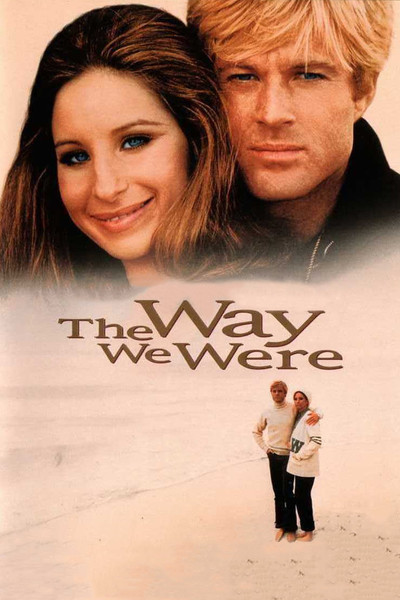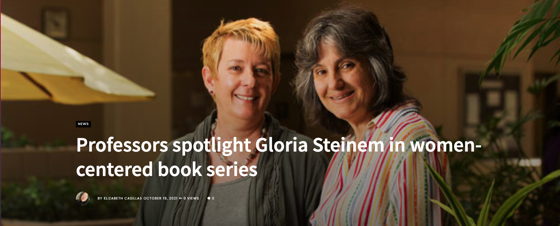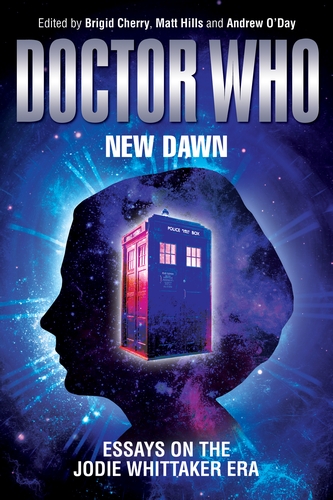Many thanks to Janice Law of the American Women Writers National Museum who invited me to give a short talk on The Women of Early TV.
I enjoyed sharing the names and careers of women like Peg Lynch, Gertrude Berg, Selma Diamond, and D.C. Fontana to the members who gathered on Zoom last Wednesday morning. There are so many more I could have talked about whose names don’t appear in mainstream books about the history of television so we have to learn who they are and carry those names forward ourselves. It’s one of the missions of the Stephens College MFA in TV and Screenwriting – and has been one of my missions all my life.

Transcript:
Madeline Pugh is not a woman who is forgotten in the books because she wrote for, of course, the most iconic woman on television, Lucille Ball and Madeleine Pugh was at the very beginning of Lucille Ball’s television career and stayed with her all the way through each of the three major shows she was ever a star of. You’ll notice here very tiny on her chair. It said Madeline Pugh Girl Writer. Imagine that. She is not a girl at this stage in her career. She is a grown woman who has a good history behind her of writing radio programs and then moving into this world. She co-wrote with this gentleman Bob Carroll whom she never married. They were just writing partners which was marvelous. She had her own personal life. She, in fact, married a man who had three children and eventually left Hollywood for a while and then decided she missed it and they as a whole family moved back and she continued. so Madeline Pugh is a huge, huge person in the history of television. She’s one of the few who might show up in a book because if you talk about The Lucille Ball Show you must talk about Madeline. One of the things madeleine did was as they wrote gags or the particular physical comedy that they would expect Lucy to do, Madeline would perform those tricks first. She would have to see if they were safe and they were doable and in fact, were they really funny when you saw them finished. So she was both sort of a side performer and of course a writer on the show. So I think Madeline Pugh is someone you should never forget as well as of course Lucille Ball.1
Many thanks to Janice Law of the American Women Writers National Museum who invited me to give a short talk on The Women of Early TV.
I enjoyed sharing the names and careers of women like Peg Lynch, Gertrude Berg, Selma Diamond, and D.C. Fontana to the members who gathered on Zoom last Wednesday morning. There are so many more I could have talked about whose names don’t appear in mainstream books about the history of television so we have to learn who they are and carry those names forward ourselves. It’s one of the missions of the Stephens College MFA in TV and Screenwriting – and has been one of my missions all my life.
Watch this entire presentation
Women pioneers who created, produced, or shepherded many of America’s most wildly popular, early television programs will be profiled by Dr. Rosanne Welch.
Podcast: Play in new window | Download
Subscribe: RSS
![07 Madeline Pugh From Women in Early TV for the American Women Writers National Museum [Video]](https://rosannewelch.com/wp-content/uploads/2022/01/rmw-visible-stars-early-tv-07.jpg)

![05 The Missing Women Part 2 From Women in Early TV for the American Women Writers National Museum [Video]](https://rosannewelch.com/wp-content/uploads/2022/01/rmw-visible-stars-early-tv-06.jpg)
![05 The Missing Women From Women in Early TV for the American Women Writers National Museum [Video]](https://rosannewelch.com/wp-content/uploads/2022/01/rmw-visible-stars-early-tv-05.jpg)
![04 Selma Diamond From Women in Early TV for the American Women Writers National Museum [Video]](https://rosannewelch.com/wp-content/uploads/2021/12/rmw-visible-stars-early-tv-04.jpg)
![03 Gertrude Berg From Women in Early TV for the American Women Writers National Museum [Video]](https://rosannewelch.com/wp-content/uploads/2021/12/rmw-visible-stars-early-tv-03.jpg)
![02 Peg Lynch from “VISIBLE STARS: Women in Early TV” for the American Women Writers National Museum [Video]](https://rosannewelch.com/wp-content/uploads/2021/12/rmw-visible-stars-early-tv-02-1200x675.jpg)





